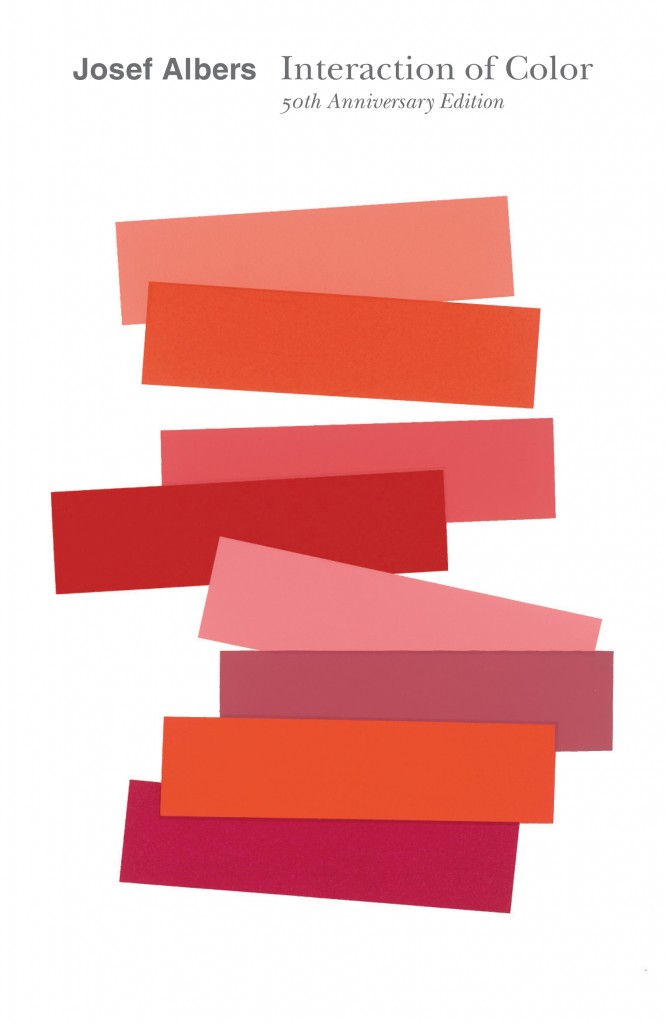
Colors of equal value appear as the same gray in a black & white photo. Red, blue violet and green are the secondary colors in pigments. Colors lose chroma, or become less intense when mixed with white, black or their complement. A lemon will appear more green in bowl of bananas. A tangerine will appear more the color of an orange in a basket of lemons.

Shadows, films and veils are transparent. The shaded side of a red barn, for example would be a mixture of red and green. The color of the shaded side of an object is a mixture of the object's local color plus its complement. Shades possess more chroma than secondary colors. The color of rust contains all three primary colors in varying proportions. Magenta is primary red with about 10 percent blue added. A yellow light is the mixture of red and green light. The primary light colors are different from the primary colors in pigment. Infants develop color discrimination some time after value discrimination.

Color blindness is more common with men than women. A similarly talented visual artist can do the same if shown a color. Gifted musicians with "perfect pitch" can hear a note, memorize it and then recall it when asked. 7 Tips on approaching assignments.8 Critique guide.9 Find dad d Interaction of value.11 Value, hue, tinting, shading, toning.12 Halation: What is it? How can we create it?.13 Transparency - Film, Veil,Volume Color & Atmosphere Transparency illusions.16 Creating the illusion of film: Steps to consider.17 Creating the illusion of film: Some things to consider 18 Light Light & color Colored light We see form, values and color because of light Ideas on creating the illusion of light and shade.23 Light & shadows: Creating the illusion.24 Plotting shadows.25 Translucent surfaces.26 Exit Questions & Ideas So, what did we learn?.28 So, what did we learn, answers.29 From reality to painted illusions.30 NOTE: These assignments and discoveries are to be done using The New Color Aid pack of 314 silk screened color chips available from: Color Aid Corporation, 37 East 18th Street, New York, NY 10003, (212) /5501.ģ Interaction of Color Phase II Interaction of color: Contrasts & intervals.32 Transposing color.32 Vanishing boundaries.34 Integrating form and color Lose a shape.36 Of or on.37 Recreate a masterpiece.38 What lessons have we learned? Can we spot them.39 Albers II: A recollection.40 Color array demonstrating volume color & halation 41Ĥ Interaction Of Color: A Pre-Course Inventory of Color Knowledge True/False 1. 2 Interaction of Color Handouts and Exercises Table of Contents Interaction of Color Phase I Pre-course inventory.4 Albers quotes.5 Some color term defi nitions.6 Assignment list.


 0 kommentar(er)
0 kommentar(er)
